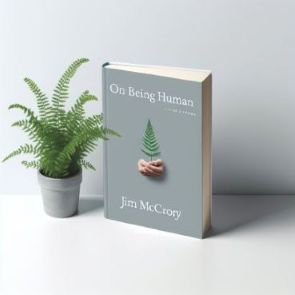
Why the Indian Cinema Speaks to My Heart
Suprabhāt Bhārat
I was in the mood for a film on Sunday evening. Nothing loud or lurid, just a story with some soul in it. So, I turned to ChatGPT and asked it to recommend a few films without the usual fare of sex, pornography, horror, occult nonsense, or relentless swearing. These days, that’s a bit like trying to paste custard to the wall.
Still, a few titles surfaced. One was The Magic of Ordinary Days. What immediately caught me was the opening: a steam train winding its way through the wilderness. I’ve always been a sucker for that kind of nostalgia — ever since watching Bergman’s The Best Intentions, that image of a train cutting through a vast landscape has stirred something deep in me. And I’m drawn to stories where a character undergoes genuine moral change. On that count, The Magic of Ordinary Days did not disappoint.
ChatGPT also suggested some Indian films, one of which, The Lunchbox, I plan to watch tonight. It’s described as a delicate, understated story about two lonely people who begin to connect through letters exchanged in a lunchbox. Themes of loneliness, hope, and second chances run through it — the kind of quiet, human storytelling I cherish.
It did make me wonder why so many Indian films feel more for the most part, more nourishing than what often comes out of Hollywood. Bajrangi Bhaijaan being a good example. A few thoughts come to mind. Many Indian films, especially those beyond the commercial blockbusters, still care deeply about family, love, sacrifice, faith, and human dignity. They often weave moral or spiritual threads into their narratives with sincerity rather than cynicism. And for audiences weary of endless irony or nihilism, that sincerity is deeply refreshing.
While Indian cinema certainly has its share of action and romance, it’s often less obsessed with explicit sex or gratuitous violence. It tends instead to celebrate emotion, relationships, and the human heart and making many films suitable for families and for those of us who still hunger for substance over shallowness.
Hollywood, for all its skill and spectacle, can sometimes feel predictable and caught in an endless loop of sequels, franchises, and superhero universes. Indian cinema, by contrast, draws on a vast tapestry of languages, regions, mythologies, and traditions. That richness brings with it a diversity of storytelling and an unexpected emotional depth. And perhaps that’s why it continues to surprise and move audiences around the world.